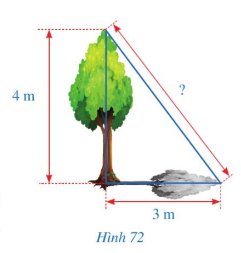a) Vì ANCD là hình vuông
suy ra: AB = BC = CD = DA
Gọi M là trung điểm của các cạnh BC, CD
Suy ra: BM = MC = CN = CD
Xét hai tam giác vuông ABM và BCN có:
AB = BC
BM = CN
\( \Rightarrow \Delta ABM = \Delta BCN\) (hai cạnh góc vuông)
b) theo câu a: \(\Delta ABM = \Delta BCN\)
\(\begin{array}{l} \Rightarrow \widehat {BAM} = \widehat {CBN}\\ \Rightarrow \widehat {BAO} = \widehat {MBO}\end{array}\)
c) Vì \(\Delta ABM = \Delta BCN\)
\(\begin{array}{l} \Rightarrow \widehat {MAB} = \widehat {NBM}\\ \Rightarrow \widehat {MAB} = \widehat {OBM}\end{array}\)
Mà: \(\widehat {MAB} + \widehat {OMB} = {90^o}\) (do tam giác ABM vuông tại M)
\( \Rightarrow \widehat {OBM} + \widehat {OMB} = {90^o}\)
Xét tam giác OBM có:
\(\begin{array}{l}\widehat {BOM} + \widehat {OBM} + \widehat {OMB} = {180^o}\\ \Rightarrow \widehat {BOM} + {90^o} = {180^o}\\ \Rightarrow \widehat {BOM} = {180^o} - {90^o} = {90^o}\end{array}\)
Suy ra: tam giác OBM vuông tại O
\(\begin{array}{l} \Rightarrow BO \bot OM\\ \Rightarrow BN \bot AM\end{array}\)




